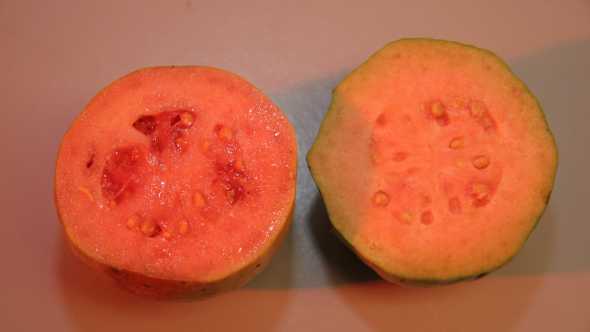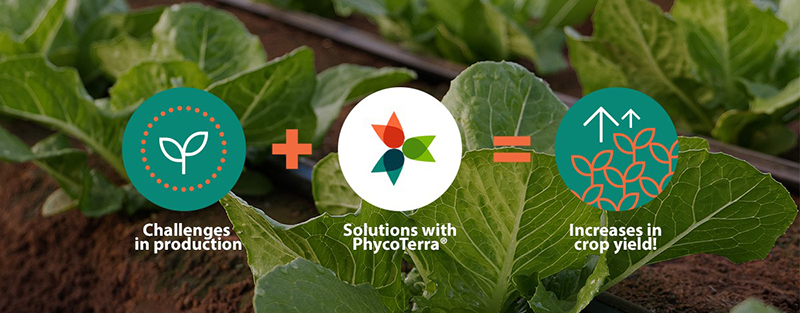Study Shows Guava Could Prove Fruitful For Some Florida Growers
According to a new University of Florida study, Asian guava orchards can yield nine times the profit compared to mango and avocado. This information comes as welcome news to South Florida tree fruit growers looking to add a cash crop.

Photo courtesy of UF/IFAS
Edward Evans, a UF/IFAS associate professor at the Tropical Research and Education Center in Homestead, led a study of costs and returns on a 5-acre guava orchard in Miami-Dade County. To get their cost and revenue figures, he and intern Stella Garcia interviewed farmers and Extension agents. Then they put the numbers through several economic calculations.
Although the cost to produce an acre of guava could be as high as $16,893 per acre, on average, revenue could be about $29,657 per acre – a profit of $12,764. On the sample 5-acre orchard, if all goes well, that’s an annual profit of $63,820. With guava, however, growers don’t see profits until two to three years after seeds are planted.
Despite the appeal of handsome profit, Evans cautioned that guava is a niche market that can easily be oversupplied. “The fruit is not mainstream, so if everyone were to rush out and start producing it, prices would tumble,” said Evans. “It also involves a lot of work as each fruit has to be netted and bagged to avoid fruit fly damage or blemishes.”
While researchers don’t know how many people are growing guava, acreage has gone up considerably in the last five years, Evans said.
Now that the study is complete, researchers want to get the information to growers. Rather than just presenting growers with a single value of what average profit per acre is, the information is presented in the form of probability or likelihood of getting above or below a specified value. This way, the grower can decide whether an investment is worthwhile, Evans said. In this instance, Evans urged Extension agents to use the stop light approach (“red,” meaning “bad,” “yellow,” meaning “OK” and “green,” meaning “good”) to guide growers on whether to try to produce guava on their land, based on their ability to turn a profit.









